Hydrophones – beginner experiments
Today, I made a little trip to the beach. Earlier in the morning I had received two hydrophones in the post that I ordered from Jez riley French, and I was eager to try them out.
I’ve never owned or used hydrophones before, so this was all purely an experiment. I pretty much plugged the two of them into the pebbles, spaced approx a meter and a half apart, rolled back the cable towards the recorder, and hit record, whilst adjusting the levels. I clearly need some practice with all of this – these cables are 10 meters each and I was fiddling about quite a lot before I had them untied.
When I was finally ready to record, I noticed there was some sort of buzzing tone or interference in the signal which I couldn’t directly locate – and I didn’t feel like getting my shoes off again to go back into the cold British sea’s water and mess with the hydrophones to see if it had any effect. I decided to just let the recording roll.
As it turned out, the first recordings I did were not great. Besides, I learned a valuable lesson – sounds from the environment outside of the water can still find their way into an underwater recording. There were some seagulls squeaking and a group of people sat themselves down about 10 meters from me during the recording, talking loudly. All of this was picked up by the hydrophones, I guess due to the sound waves travelling through the water and thus reaching the mics.
I then made my way to another, quieter part of the beach.
Here I got a some fairly nice recordings of pebbles being moved around by the water, and sea waves rolling over the microphones. I simultaneously recorded with the Rode NT4 stereo mic in order to get a fuller, larger sound.
All in all, I’m pretty happy with these new toys, and am looking forward to experiment more and get to grips with how to best utilise these kind of mics. Soon I should try and put one of them in block of ice, in hopes of getting a nice recording of thawing…

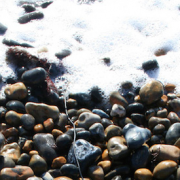
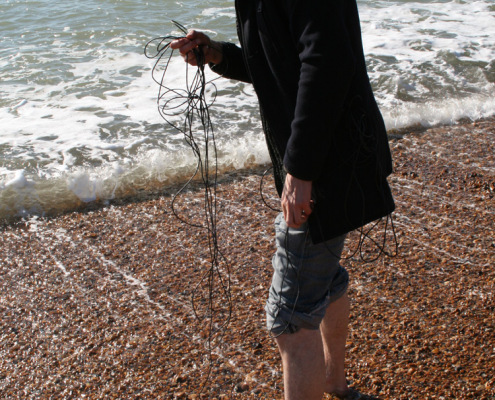
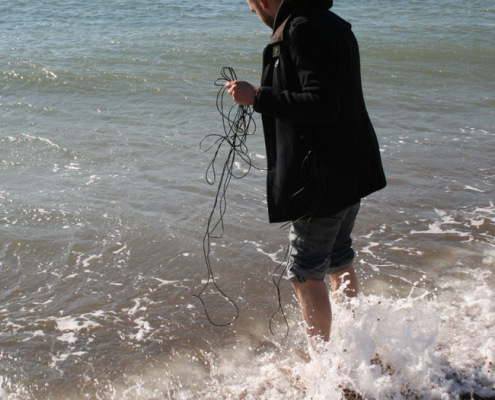
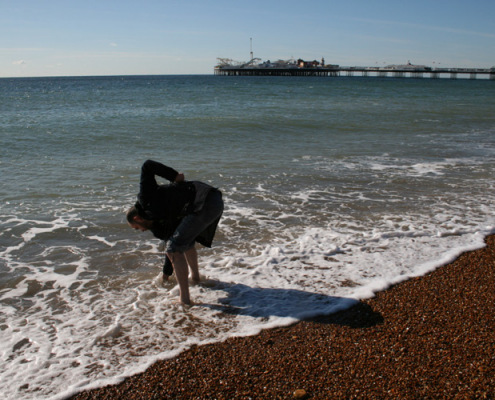


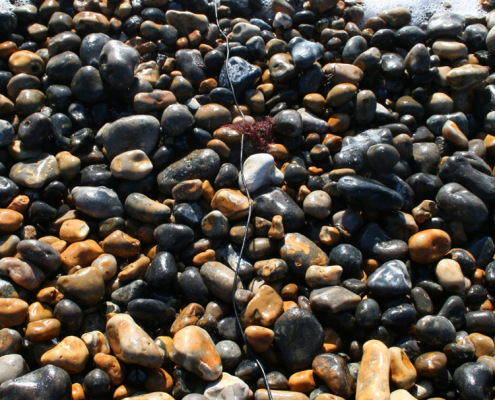



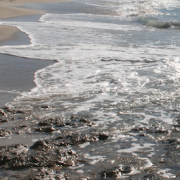



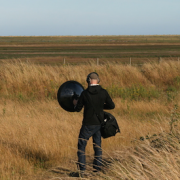

Leave a Reply
Want to join the discussion?Feel free to contribute!